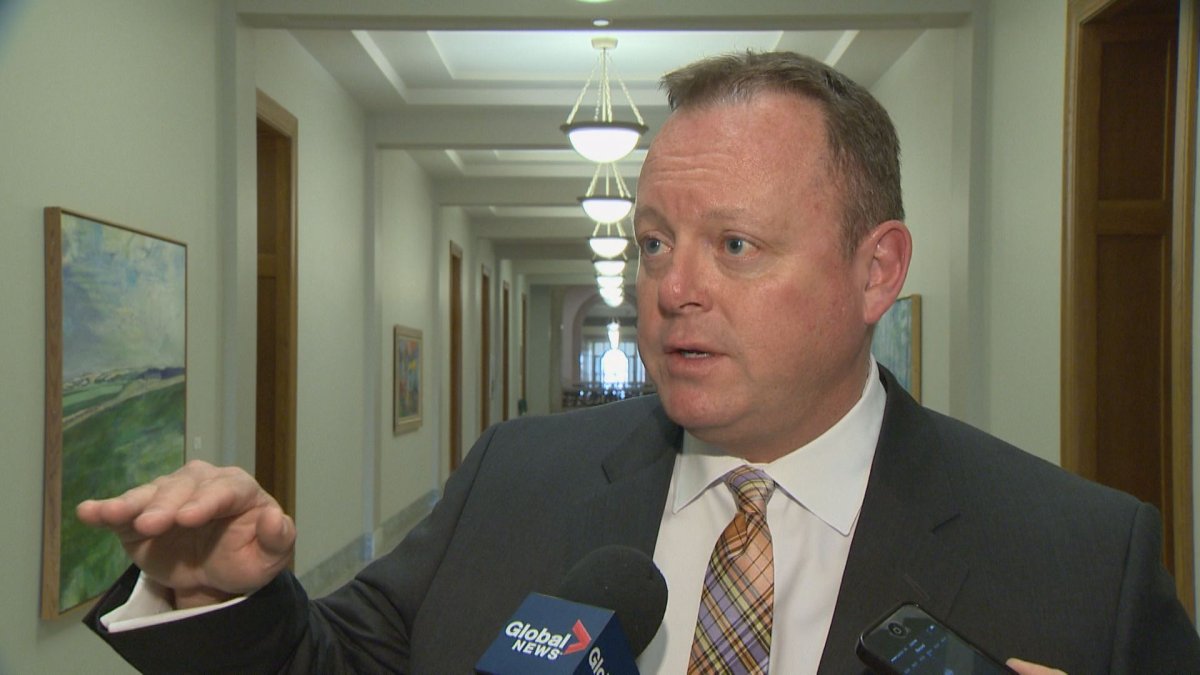REGINA – A new report paints Saskatchewan’s university system as lacking in several areas compared to the national average.

“Across the three dimensions of performance, Saskatchewan’s university system performs slightly above the Canadian average in value to society and below average on access and on value to students,” the report read.
One of its main conclusions includes finding no correlation between how a university system performs and funding levels.
The report used indicators on access, value to students, and value to society.
“In the aggregate on the 34 university performance indicators we assembled, Saskatchewan’s overall university system performance is relatively low and is delivered at a high cost per student,” the report read.
Here are the findings highlighted in the document:
Areas of high performance (relative to other provinces)
• Low university student-to-faculty ratio
• Low levels of recourse to federal loan repayment assistance programs for college and university borrowers
• For adults with trades qualifications, the risk of unemployment is lower than for those with only a high school education
- ‘Shock and disbelief’ after Manitoba school trustee’s Indigenous comments
- Canadian man dies during Texas Ironman event. His widow wants answers as to why
- Several baby products have been recalled by Health Canada. Here’s the list
- ‘Sciatica was gone’: hospital performs robot-assisted spinal surgery in Canadian first
Areas of low performance (relative to other provinces)
• Low university student engagement scores
• Low university participation rates
• Low proportion of adults with a college credential
• Low literacy test scores for adults with a university education
• Low earnings premium for college educated adults relative to those with only a high school education
• Poor performance on university international rankings
“It’s a long report, it’s a convoluted report in the sense that it’s designed for Ontario universities and the post-secondary education system in Ontario, and that it tries to compare to other provinces,” said Advanced Education Minister Kevin Doherty, who was made aware of the report last week.
He said on Monday that some of the data is “very outdated” and that he is not sure the report authors collected all of the appropriate data from the province for a proper assessment.
“We looked at some of the Aboriginal data and it’s almost nine, if not 10, years old,” said Doherty.
He added that there are record and near-record enrollment levels at a number of schools offering post-secondary education credits.
“We know that our students are being well-served, we know that funding is up in our post-secondary sector here in the last seven years by just over 60 per cent compared to the previous seven years to that,” said Doherty.
Despite his issues with the report’s data, the minister said that he appreciates research into the province’s post-secondary sector, which includes over 70,000 students.
“We’ll take the report, we’ll do further analysis on it, and where we can learn some things from it, we’ll certainly take that into consideration as we move forward,” said Doherty.




Comments